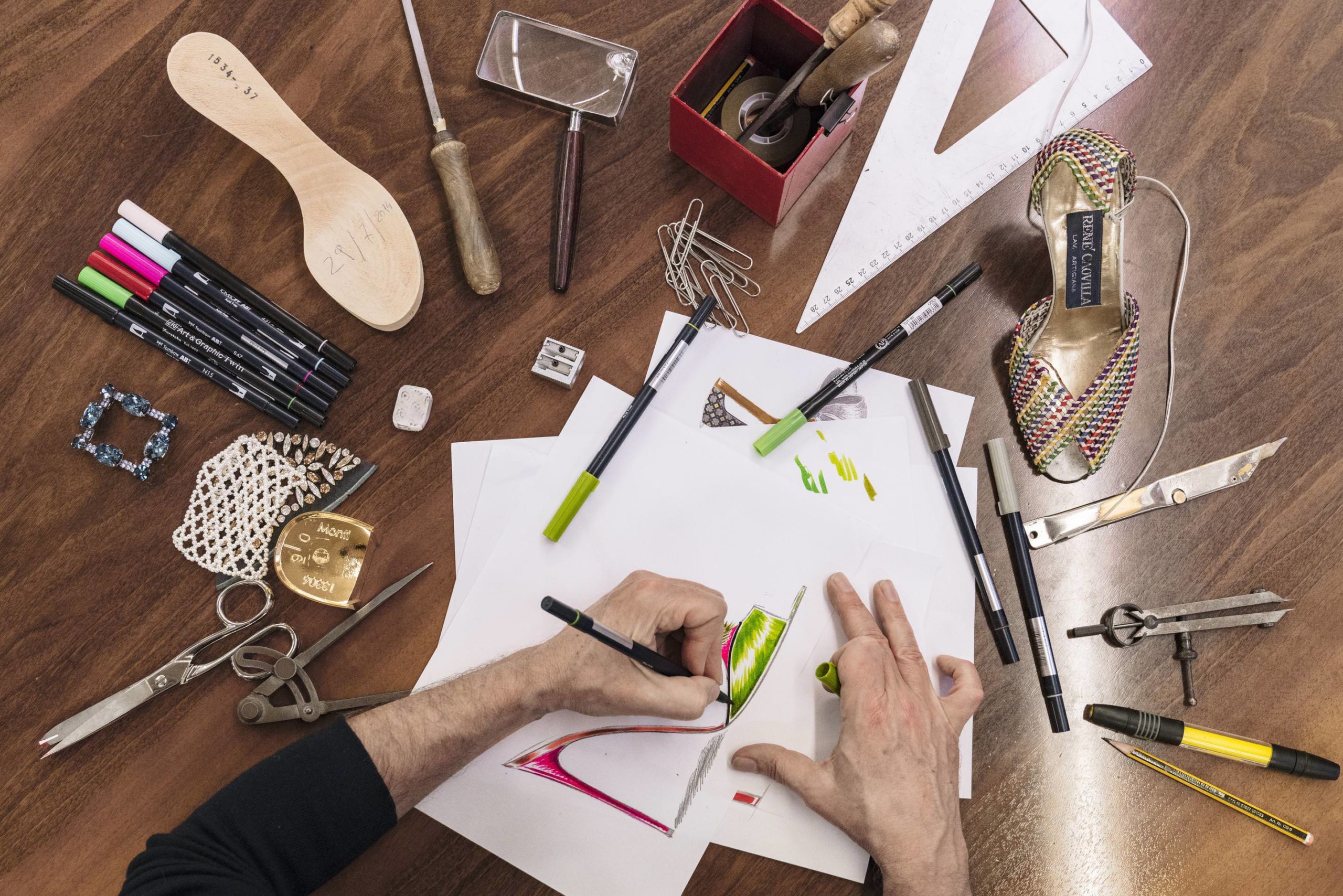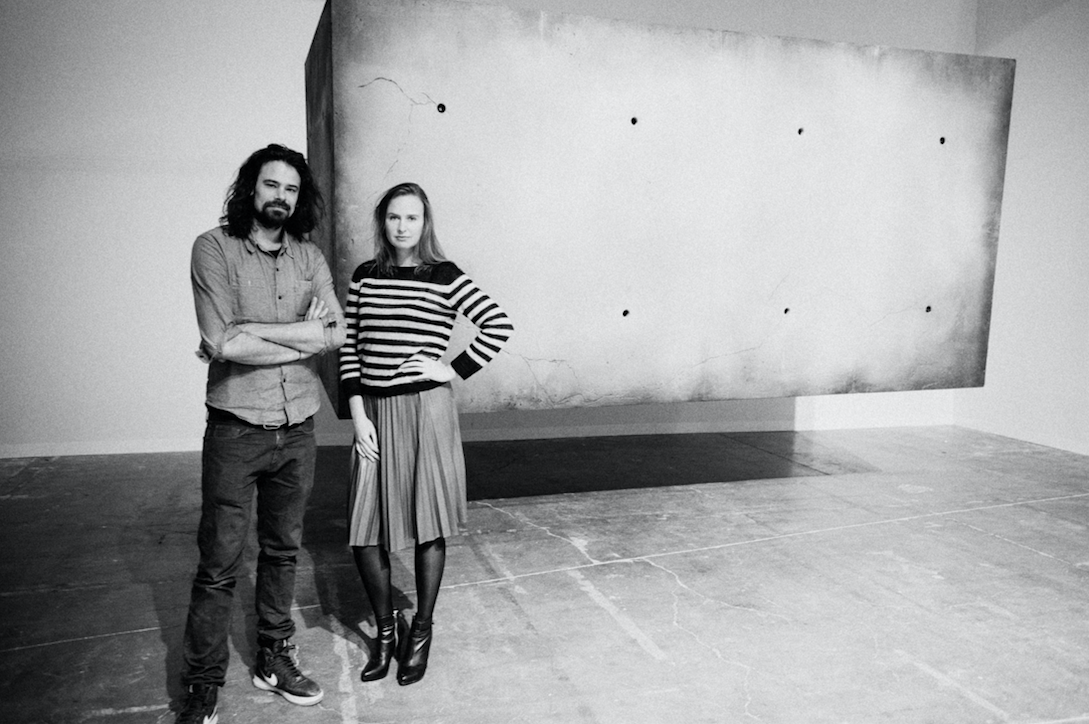Robyn Hasty is an artist that deals with cycles of crisis in stride, and then displays them front-and-center in her artwork. She is the founder of the post-Hurricane Sandy art organization Stilt City (which flourished from a KickStarter campaign), toys with 19th-century photo developing techniques, is a part of the Miss Rockaway Armada Collective, and is intrigued by alternative social systems, autonomous zones, and the roles of identity. By way of photography, sculpture, printmaking, and actual life, Hasty regularly exposes the emotional landscapes of herself, and of many others in support, as the main idea behind her artwork.
Currently, she is one of seven artists partaking in Pioneer Works’ residency program, and we got together to talk about that partnership, gender identity, and her all-nude exhibition, “Z,” on view now through July 12.
WHITEWALL: From creating Rockaway’s Stilt City to studying earth architecture in Ghana, and now, photographing and studying the fluidity of gender—these happenings and topics are all incredibly creative in their own way. What fuels your creativity?
RH: I really just follow my intuition and my idealism. On top of that, I’m curious about everything, have a sense of adventure and a desire to challenge my experiences and my way of life. So all of that combined with a real compulsive impulse to make things—everything from food, to furniture to art—really provides a lot of fuel.
WW: Your cross-country photographs and the ones in your newest exhibition, for instance, have undergone an interesting developing processes. Tell us about the wet-plate collodion tintype and ambrotype developing processes that you used.
RH: The cross-country photographs were tintypes, and the images in “Z” are ambrotypes—positive images made directly on glass plates. I got into the wet plate collodion process about four years ago when I was questioning my artistic direction and wanting to try some new things. I took a workshop with Joni Sternbach through the Center for Alternative Photography, and really loved it. The fact that all the chemistry and equipment was totally DIY, the way the chemistry is always a little out of your complete control, and the deliberate nature of shooting with such a labor and time intensive process all appealed to me. At that time, I think the idea of being able to make art while traveling and to use the medium to connect to people was an important one to me. The way I use photography has always been about connection with the subjects and capturing a moment shared through these one-of-a-kind plates.
WW: How did your residency with Pioneer Works come about?
RH: It came about organically. I was teaching at 3rd Ward and the director of Pioneer Works took my class. My relationship with Pioneer started with teaching, then expanded when I started working on refurbishing two antique cameras they wanted to restore for the photo department. Once the cameras were working, I started using them. My space became the first iteration of the photo department. The great thing about wet-plate is that you can do it without a proper dark room or running water. So, I was able to activate the photography department and my role grew into a more formal residency.
WW: What made you want to explore gender identification?
RH: I think my work always deals with ideas that exist in threshold spaces that blur and broaden the boundaries that are socially constructed at their core. This project came about pretty organically after spending the last two years shooting nudes, a lot of self-portraits, thinking about dynamics of power and vulnerability, body and sexuality, and the role of the gaze. Over time, I started realizing that this project was about subverting (and hopefully expanding) the conventional representations of body and power vis-a-vis a very gender-binary art historical canon and mainstream media. I’ve also identified as someone who falls between genders, or embodies both, and I’m often intuitively led though my art to projects that explore ideas that I feel connected to.
WW: How did you choose the “gender non-conforming individuals” to be a part of “Z?”
RH: Some of them came from a post on a queer Facebook group, and some of them through word of mouth.
WW: What were you hoping to achieve with the images of couples?
RH: I think having two people in the frame allows for the dynamic between them to be visible.
WW: The subjects in the images gaze vulnerably straight-on and it is a very strong connection. Tell us about your approach in terms of staging the subjects, and why you chose to seat them as you did.
RH: The posing process is collaborative. I want the subjects to be as natural and unstaged as possible. I usually talk to them a little about the project and show them images from previous shoots. We might discuss poses before hand, and some people might have specific requests for how they are represented. When we start it’s mostly them trying to figure out a position that feels natural. I’ll give minor direction, more in the form of moving hands or tilting heads. I think that is one reason why the gaze is so direct and so vulnerable. I think I am able to give the models the space to be in themselves.
WW: What most interests you about being an artist?
RH: The ability to transform everyday experience into something that transcends the self and our inevitable mortality.
WW: Do you think that one day we will see an alternate gender pronoun, such as Z, for people who struggle to identify with a limiting representation?
RH: I think the widespread adoption of a gender-neutral pronoun would mark a huge shift within society about the perception of gender. I’d like to think that this widespread change is totally possible, and even more so that within a more flexible and fluid society there might be fewer struggles with representation.
“Z” is on view at Pioneer Works through July 12.









